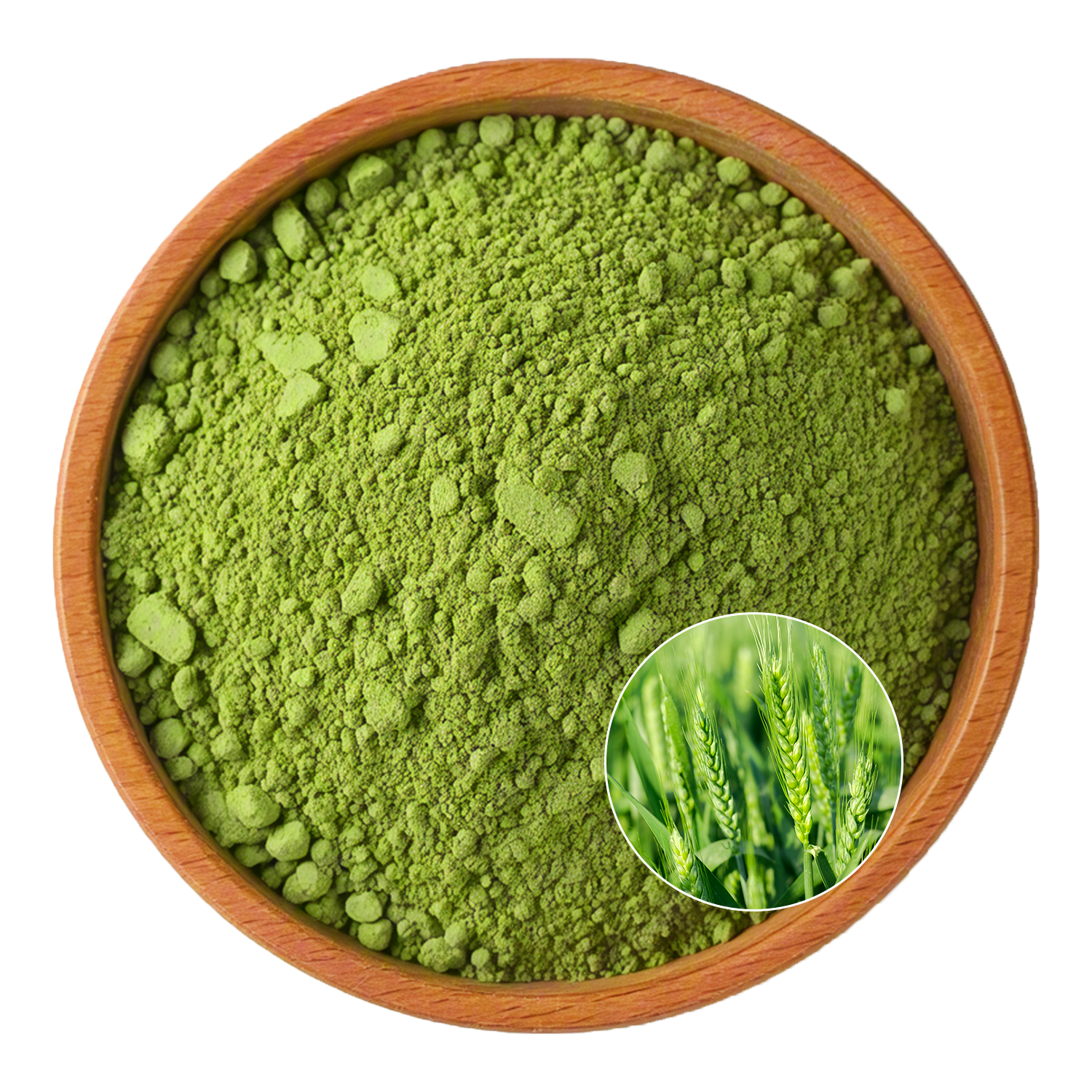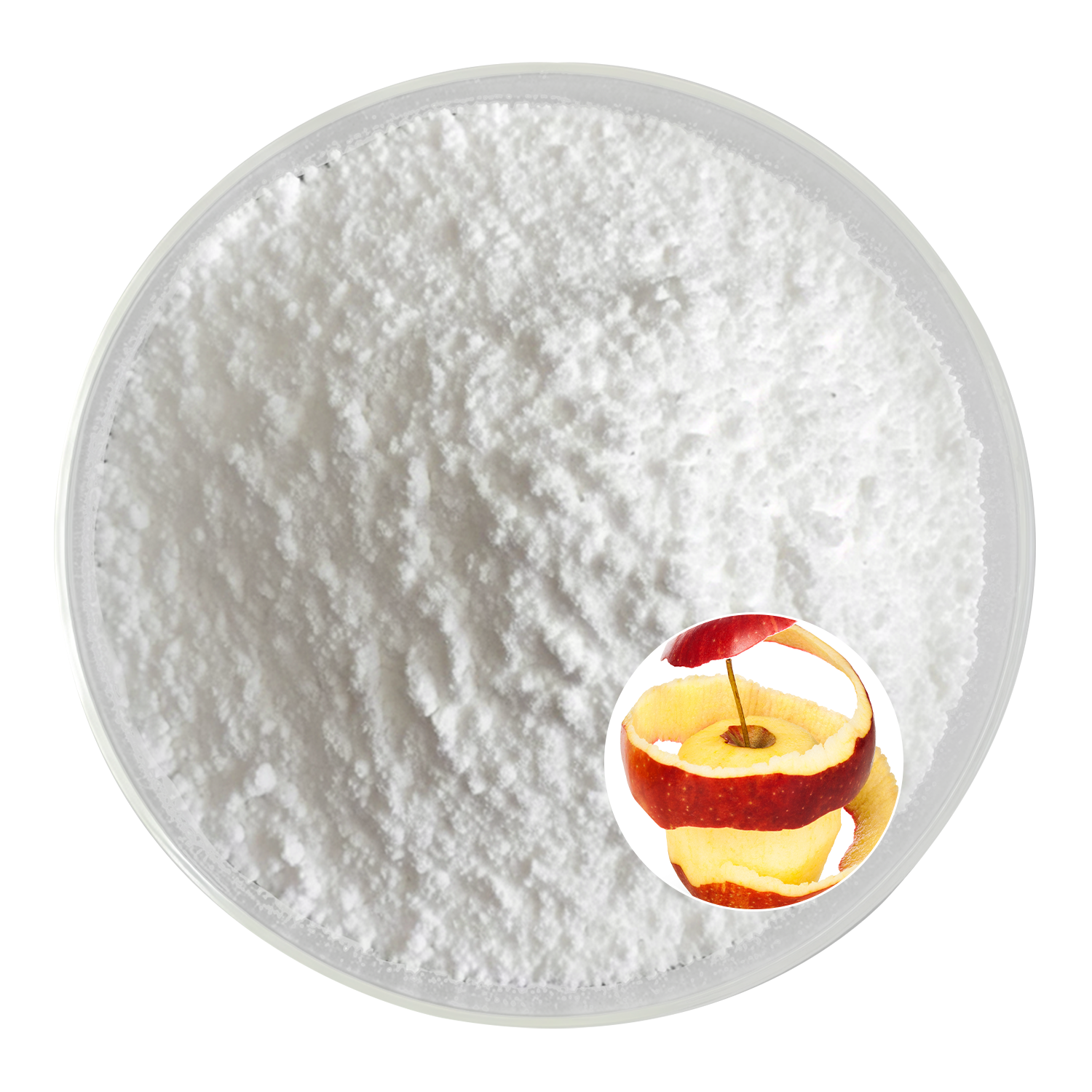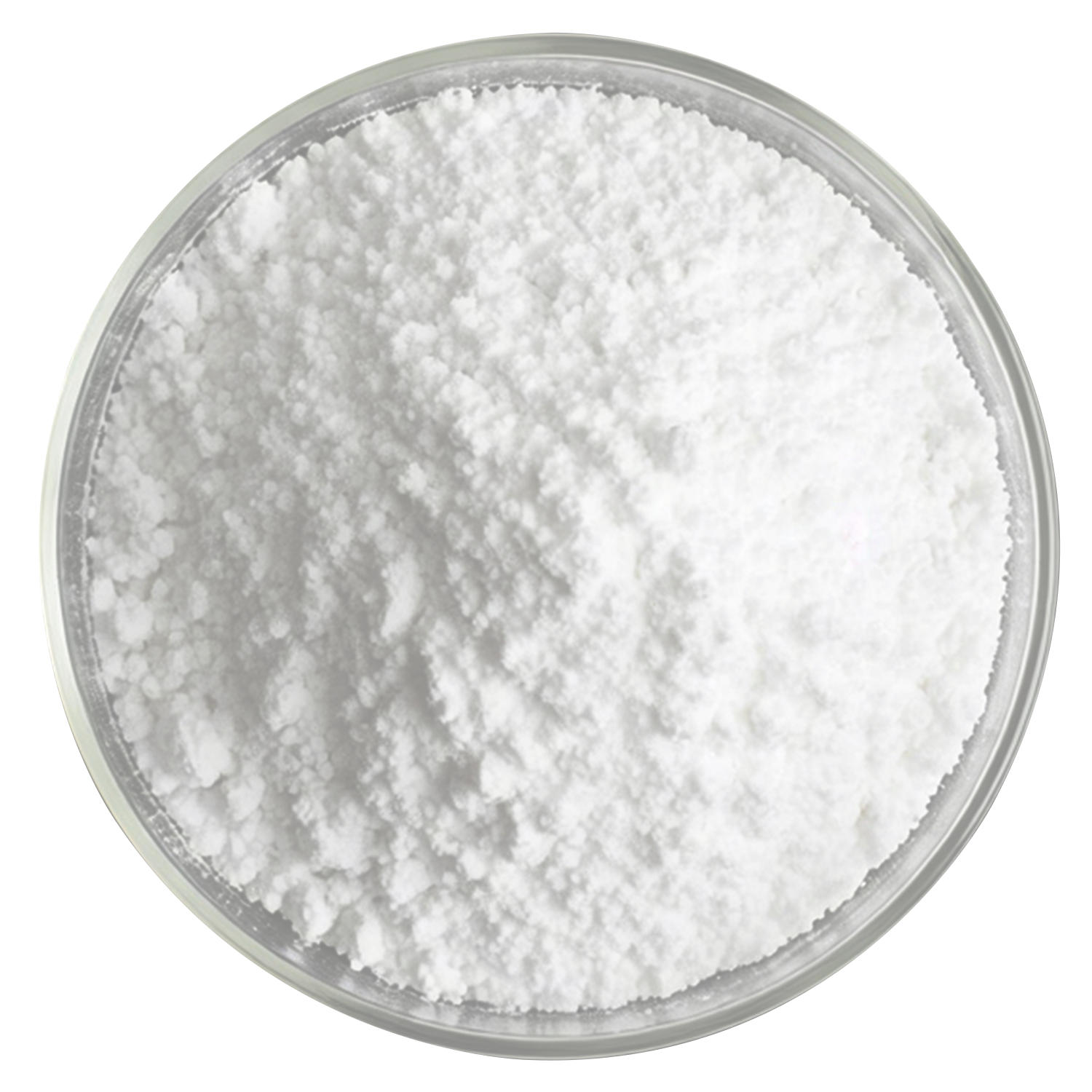
Xi'an Super Supplement Factory
Mobile/Wechat/Whatsapp: +86-15995296643
Email:Cora@durlevel-supplement.com
**Tetrandrine** is a bisbenzylisoquinoline alkaloid derived from the root of *Stephania tetrandra* S. Moore (Menispermaceae family). First isolated in 1932, it has since become a subject of pharmacological interest due to its unique molecular structure and observed bioactivities in experimental models.
**Key Research Findings:**
• **Calcium Channel Modulation:** Demonstrated L-type calcium channel blocking activity in cellular studies, suggesting potential cardiovascular research applications.
• **Anti-inflammatory Effects:** Shown to inhibit NF-κB and other inflammatory mediators in preclinical models.
• **Fibrosis Research:** Investigated for possible antifibrotic effects in lung and liver tissue studies.
**Current Scientific Status:**
- Used as a reference standard in pharmacological research (≥98% purity available)
- Subject of ongoing investigations into its molecular mechanisms
- Not currently approved as a therapeutic agent in major regulated markets
**Important Considerations:**
1. **Evidence Level:** While over 1,000 studies reference tetrandrine, nearly all data come from in vitro or animal models.
2. **Safety Profile:** Shows dose-dependent effects in research settings; comprehensive human safety data remains limited.
3. **Regulatory Position:** Classified as an investigational compound, not a dietary ingredient or approved drug in most jurisdictions.
**Research Directions:**
Scientists are particularly examining:
- Structure-activity relationships among bisbenzylisoquinoline alkaloids
- Potential synergistic effects with other compounds
- Pharmacokinetic properties and metabolite formation
**Conclusion:**
Tetrandrine serves as an important research compound for understanding alkaloid pharmacology. While chemically characterized and mechanistically interesting, its translational potential requires rigorous clinical validation.
FAQ
 Customer Service
Customer Service
















